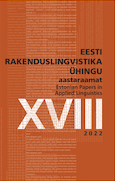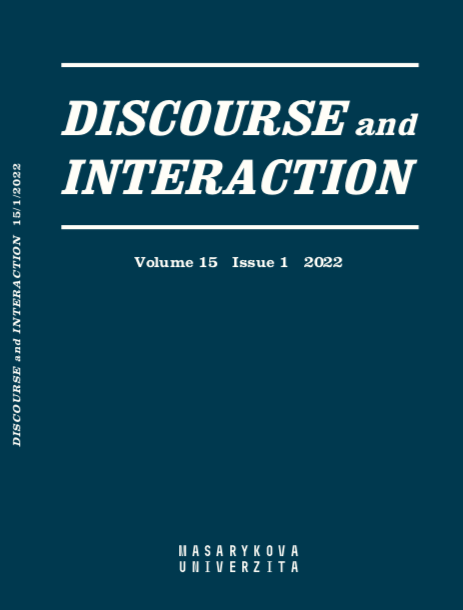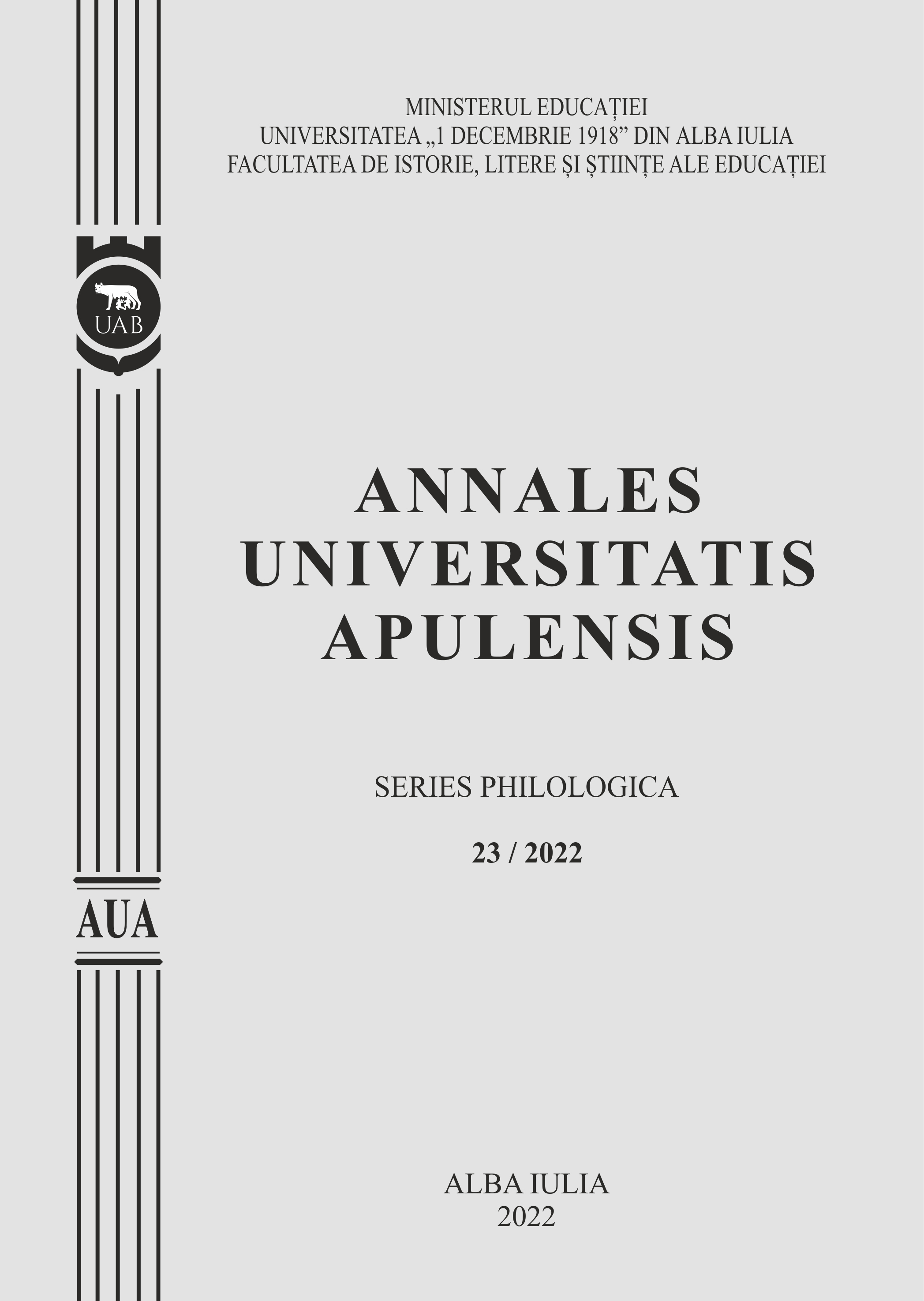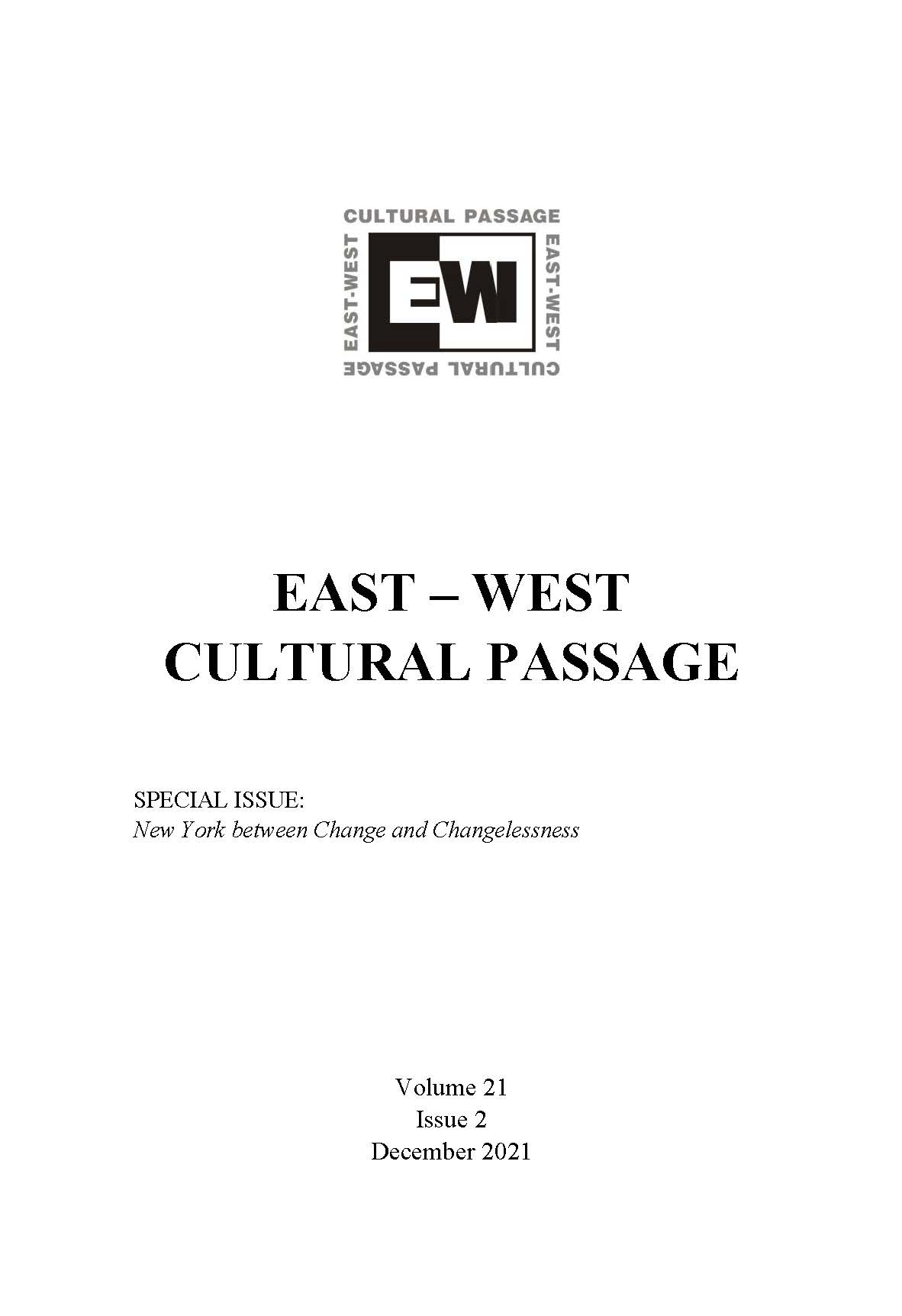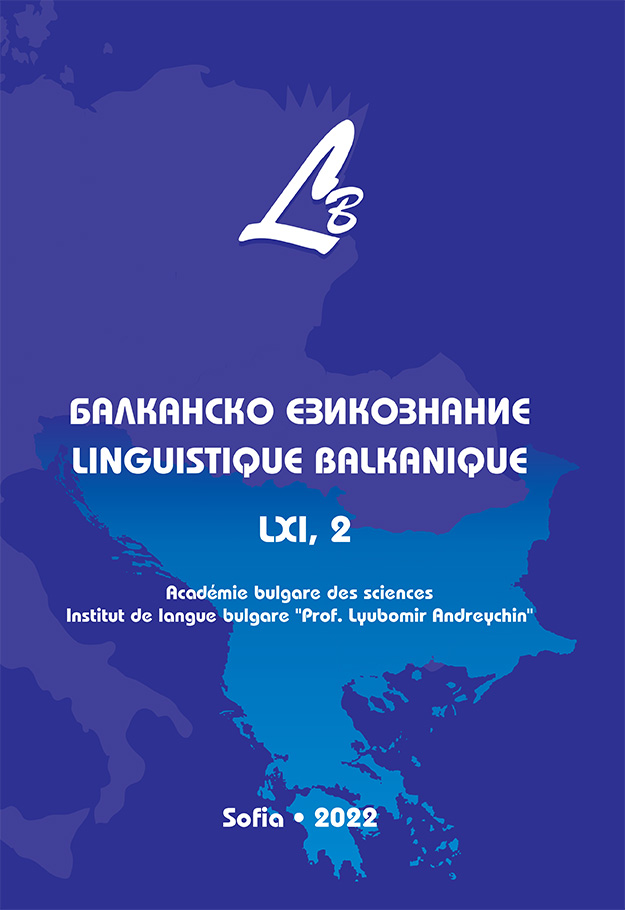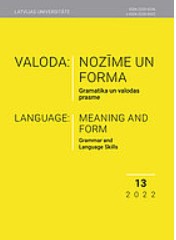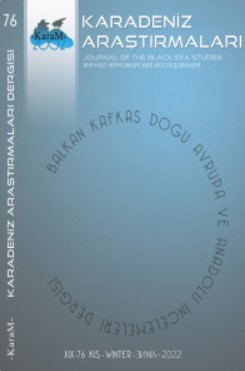Balti areaali tüpoloogilisi sarnasusi morfosüntaksi valdkonnas
The article discusses a couple of morphosyntactic issues of the Circum-Baltic languages, such as subject and object cases, expression of indirect command, and conveyance of indirect message, analysing their formal and functional differences and similarities. The main emphasis lies on the comparison of Estonian and Lithuanian, considering Livonian and Latvian as an intermediary link. The formal and pragmatic analysis of subjects and objects reveals that of the Circum-Baltic languages the distinction between the partial and total objects, resp. subjects is the clearest in Estonian and Lithuanian. In Latvian and Livonian, as well as in Russian there is considerably more convergence and/or constraints in case usage. Estonian and Livonian proved to be an intermediary link between the Finnic and Baltic languages as far as the use of verbal particles and prefixes to distinguish between perfectivity and imperfectivity is concerned. The formal and functional analysis of indirect command/request involves comparison of synthetic and analytic forms. It appears, for example, that the Lithuanian combination of particle tegul + indicative compares easily with the Estonian las + indicative form, as well as with the corresponding constructions in Latvian and Russian. Again, Livonian offers a transitional case, where the relevant construction includes both the particle la’z and a jussive form. Here Estonian and Lithuanian differ in that in Estonian an indirect request or command can be retrospective as well as perspective, whereas Lithuanian permits the latter direction only. As to information from a third source all the languages in question convey it using participles without a copula verb. Such way of expression combines narrativity with doubt. While Estonian, Latvian and Livonian have a specific morphological marker (e.g. Est -vat) for the quotative, Lithuanian has not. However, Lithuanian enjoys more diversity in combination of participles with various tense forms than Estonian, for example, which is also reflected in the Lithuanian expression of indirect command or request.
More...
